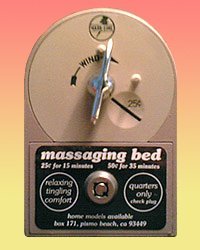OldDan1943
Guru
- Joined
- Oct 2, 2017
- Messages
- 10,595
- Location
- USA
- Vessel Name
- Kinja
- Vessel Make
- American Tug 34 #116 2008
If you purchase the boat I would run it for a year before even considering moving the Gen. I am betting it will still be in the fore peak when you sell it.
Beautiful boat.
We are assuming it is a diesel generator.
A gasoline powered boat scares the 'brown stuff' out of me.

